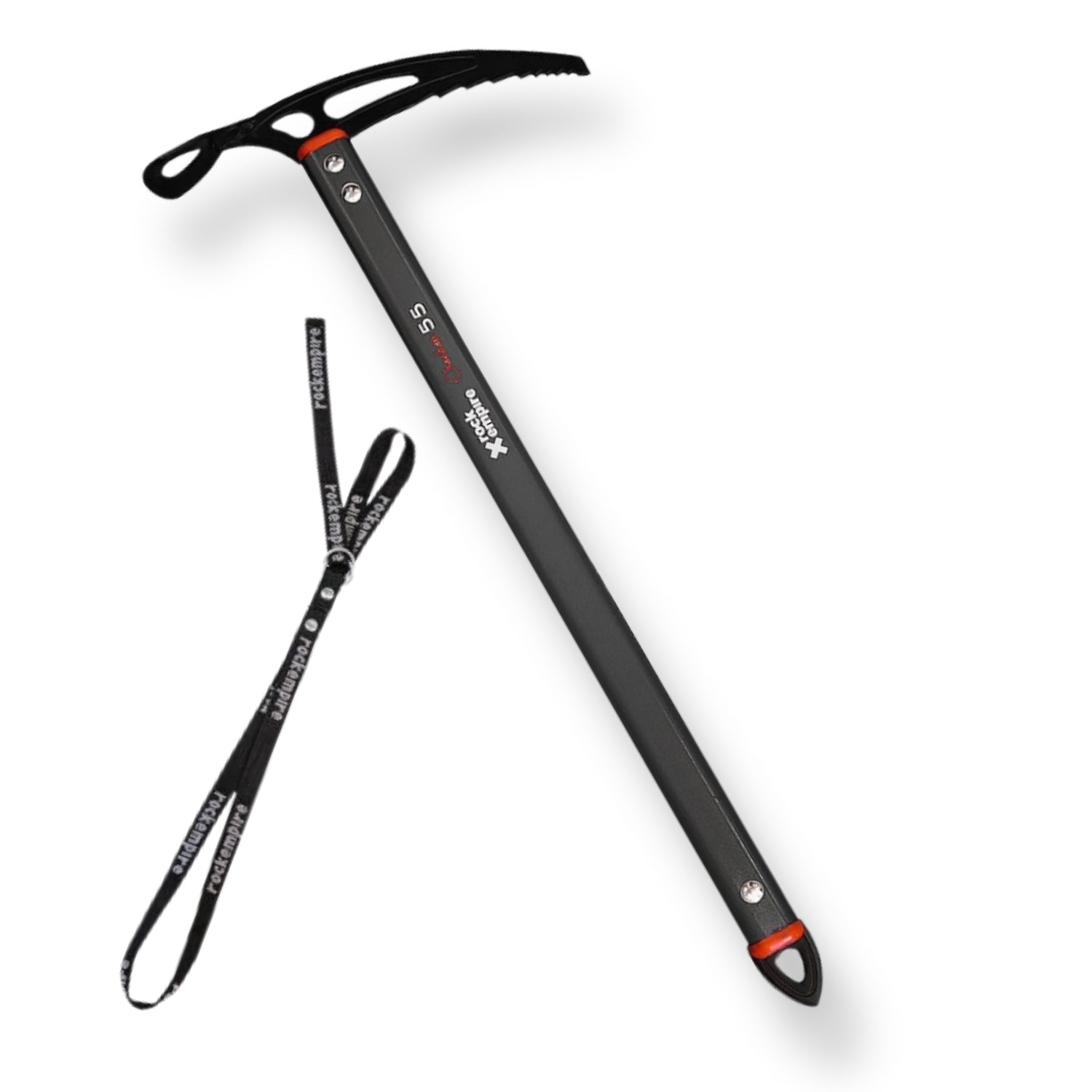By Dave Westlake
Crisp winter days and breezy summer evenings were made for bouldering, and the Peak District offers a playground like none other. Thousands of climbers visit the area every year to pit themselves against its sublime collection of gritstone, limestone and sandstone problems.
This is why the second edition of this guide must be one of the most eagerly anticipated guidebook releases in recent years, even though it doesn’t seem all that long since the first (2004). On flicking through the book you quickly realise a lot has been going on in the last 7 years. There are plenty of new problem and even some new areas that have been developed. Add to this the short routes that have been reappraised, thanks to the growing popularity of highballing, and this new tome weighs in around 10% bigger. Much chunkier and it might become a pain to carry around, but the benefit is that you only need to buy one book that covers the whole of the peak.
So what exactly does it cover, and where are these new crags? Well, the boulders are situated across three counties, three rock types and nestled between some of the most populated cities in Northern England.
The staple crags of Stanage, Burbage and Curbar are obviously all present, but with the addition of new problems and revision of grades. Alongside these, a wide range of previously undocumented areas like Tintwistle Knarr, Birchen, Blackwell dale and the Amber valley crags feature, as well as a much more comprehensive coverage of the Stanton and Churnet Valley crags.
This wide range makes the guide appealing to both locals and visitors, as there is bound to be some ‘new’ climbing for everyone to go at. And, as well as giving us all a better choice of venues, the inclusion of such a wide range will help in spreading out traffic across more crags and should mean that the traditional favourites get some respite from erosion and polish.
Style and presentation
The look and style of the new book is reminiscent of its predecessor, with some nice added touches that push it further into the coffee table category – like the glossy lettering on both front and rear covers. It is almost too nice to take out bouldering, so I would suggest investing in one of these to keep it that way while it bounces around the inside of your pack.
In keeping with the original, and the bouldering guides for Yorkshire, Southern Sandstone, and Fontainebleau among others, the landscape format is back. This is one aspect I’ve never been very keen on, as it puts more stress on the spine of the book. However, the fact it accommodates the excellent cover shot almost justifies it alone. This classic cover image of Lowrider set against a near cloudless sky is a great advert for bouldering and really captures the essence of a good day out in the peak. The landscape style also allows for a clean and stylish layout, from which the guide clearly benefits. The cover photo sets the tone for images throughout the book which are stunning and reproduced to a very high quality. They come mostly from well known local photographers and there is an excellent mix of landscape panoramas, close ups and action shots that cover the whole spectrum of grades. A sign of a good guide is that it provides visual motivation for climbing the easier problems as well as those at your limit, and Peak District Bouldering does this effortlessly.
Usability
As well as being a motivational tool, the other important job of a guide book is to get you to the boulders with minimal hassle. Having used a variety of guides, some of which have been better than others in this area, I can report that the logistical info contained here is excellent. This is a benefit of having such a highly experienced team of local climbers involved in production of the book, and a network of keen climbers to consult.
As well as the clear topos, I particularly liked the inclusion of road atlas map as an overview, which should help travelling boulderers decide on a suitable venue and get there easily. The categorisation of areas by Eastern/ Western/ Limestone is also logical and in keeping with other guides to the area.
With so many problems, it can be difficult to identify the very best, which is why the use of a basic star system is a great feature. The last edition did not rate quality (presumably on the basis that starred problems attract more traffic and can therefore suffer from erosion etc). This is a tricky issue, but it is useful to have some gauge of which the best problems are, so the use of a simple 2 stage starring for the very good (single star) and the super classic (single star in bold typeface) is a good compromise.
Final thoughts
Having bouldered in the peak for many years, I was keen to see how this volume fared compared to the first. It has been out a couple of months now, and I’ve had chance to use it several times.
All things considered, it is a major step up from the first edition both in terms of the coverage and the content. The photos are more dramatic, information is more comprehensive, there is more to do at all grades, and much better logistical info on how to get around. Even if you know the peak district well, Peak District Bouldering (2011) is a must buy – you will approach old favourites with new enthusiasm, and wish you knew about all those obscure venues long ago.















